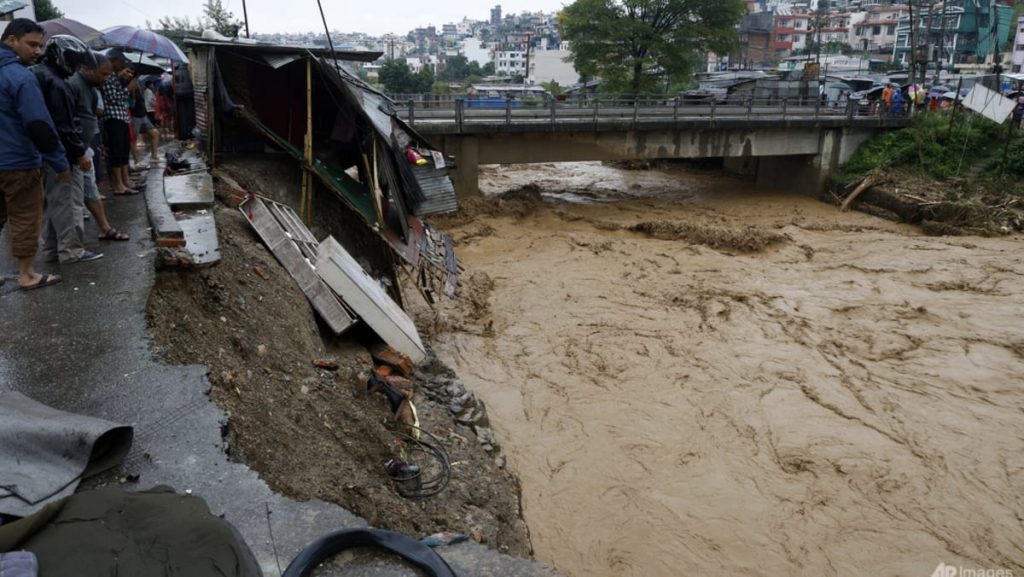Heavy rain across Nepal has caused devastating landslides and floods, resulting in the deaths of 151 people and leaving 56 others missing. As a result, authorities have made the decision to close schools for three days to allow for repairs to damaged buildings and ensure the safety of students and parents. In the Kathmandu valley alone, 37 deaths were reported, bringing normal activity to a halt in the region.
The capital city of Kathmandu experienced rainfall of up to 322.2 mm, leading to a significant rise in the level of the Bagmati river. However, there were signs of relief as the rain began to ease in many areas, offering a glimmer of hope amidst the devastation. Police rescuers were shown in television images working diligently to clear away mud and retrieve bodies of passengers from buses swept away by landslides on a crucial route into Kathmandu.
Climate scientists at the International Centre for Integrated Mountain Development (ICIMOD) attributed the extreme weather events to a low-pressure system in the Bay of Bengal that extended over Nepal. They emphasized that haphazard development practices in the country amplify the risks associated with climate change. Urging the government and city planners to invest in infrastructure like stormwater and sewage systems, the center emphasized the need for both engineered and nature-based solutions to mitigate future disasters.
The impact of the heavy rains was exacerbated by poor drainage systems and unplanned urbanization, construction on floodplains, lack of water retention areas, and encroachment on rivers like the Bagmati. This lack of foresight and planning made the region vulnerable to the destructive forces of nature, increasing the likelihood of disasters like the recent floods and landslides. However, efforts are being made to address these issues and prevent similar catastrophes in the future.
While the level of the Koshi river in Nepal’s southeast has started to fall, officials remain vigilant as the river is known to cause deadly floods in India’s eastern state of Bihar. With the region experiencing water levels nearly three times normal, authorities are monitoring the situation closely to prevent any further loss of life or destruction. By taking appropriate measures and investing in resilient infrastructure, the hope is to minimize the impact of extreme weather events in the future and protect vulnerable communities from harm.















